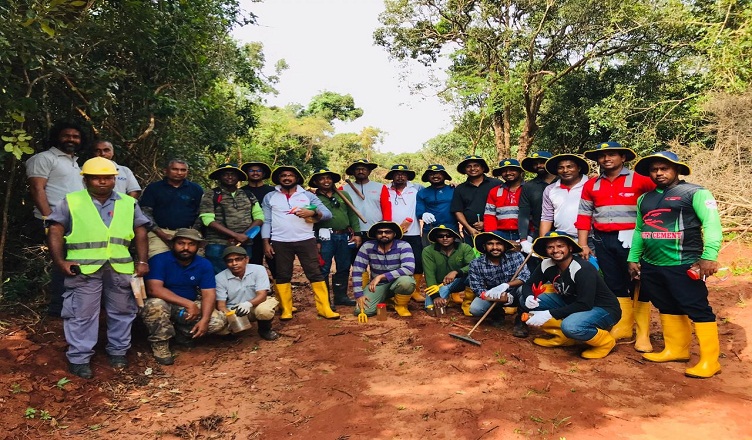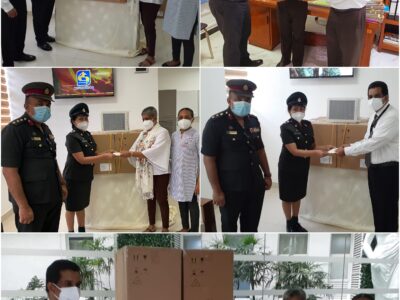(LANKAPUVATH | COLOMBO) – INSEE Cement, Sri Lanka’s #1 cement brand and solutions provider, closed 2022 by continuing to executea number of large-scale biodiversity conservation projects, investing in the recovery and regeneration of Sri Lanka’s endemic ecosystems for the benefit of generations to come.
With the launch of INSEE Sustainability Ambition 2030 – INSEE’s global group-wide sustainability strategy – INSEECementaligned with the United Nation’s Sustainable Development Goals (SDGs) and other global frameworks, and made social, economic and environmental sustainability a defining part of the company’s identity. One of the fundamental pillars of INSEE’s Sustainability Ambition 2030 is Biodiversity and Water Conservation, a focus area that was organically integrated into the company’s operations years prior to being formally defined as a key element of the strategy, based on the fundamental nature of its business.
For years, INSEE Cement Sri Lanka has demonstrated a strong commitment to biodiversity conservation bymaintaining long-term partnerships with organizations such as the International Union for Conservation of Nature (IUCN) under the auspices of the United Nations Educational, Scientific and Cultural Organization (UNESCO), and Biodiversity Sri Lanka – a national platform entirely owned and driven by private sector organizations for biodiversity and environmental conservation. The company continued to implement a number of long-term high-impact projects in 2022,with key projects highlighted below:
Animal Rescue Program
Initiated in 2008 as part of the Quarry Rehabilitation Program conducted at INSEE’s Aruwakkalu quarry site with the aim of restoring the ecosystemback to pre-quarrying conditions, the Animal Rescue Program has now become an annual operation positioned high on the INSEE employee volunteer calendar. This operation involves the rescue of less mobile small animals as well as rare fauna representing every stage of the food chain to ensure genetic diversity and minimize risk of extinction. The translocation of these animals and fauna to safe sites in the immediate environment increases their chances of survival. This is the first ever such project carried out by a private sector organization in Sri Lanka and the longest monitoring mission ever conducted continuously over such a period in the country. Themethodology used has now been incorporated into national-level development projects as a species conservation tool of best practice. During 2022, a total of 2400 small animals and 82 fauna species were translocated as part of the program.




